Smartphones with rollable displays: The next big evolution?
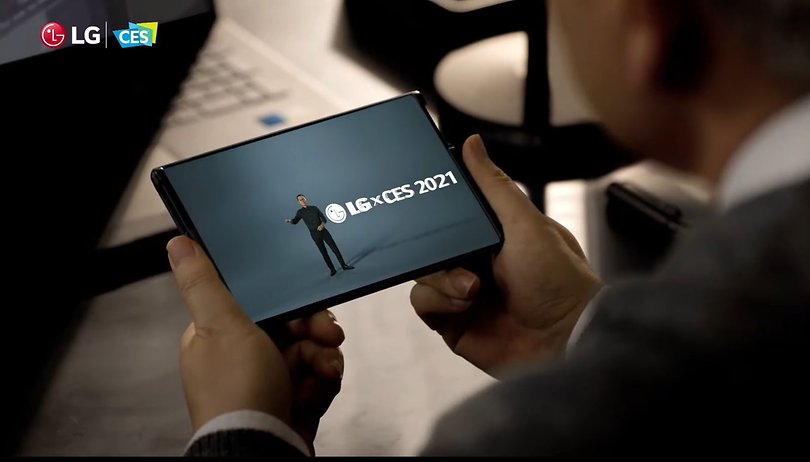

Read in other languages:
The evolution of the smartphone display has been, well, quite interesting. First, there were smartphones with flat displays (which are still the norm, BTW). Then there was a time when curved displays were a thing – especially on several flagship-grade Android smartphones. Then came the era of the foldable displays which, as you know, is still in vogue. What could be the next big development in display tech? Are rollable displays going to be a thing? Well, that is exactly what we will investigate in this article.
We will first take a look at the latest developments in this sector and explore what kind of impact rollable displays could have in the future.
Exciting times ahead for the smartphone market?
Is the smartphone market more exciting than ever before, or have the new developments failed to excite you? For those of you not particularly excited about rollable displays, it is probably because of the extremely limited number of devices available right now.
Irrespective of what you think, there is no denying that rollables are here to stay. For many, rollable displays are simply one of the ways in which display- technology continues to evolve. For some, it is simply an evolution of the foldable displays that we have seen on the Samsung Galaxy Z Fold 2 and its ilk.
What are the advantages of rollables over foldables?
If we were to assume that rollable displays are equally durable and sport similar resolution count, pixel density, and brightness levels as that of foldable displays, there is one big advantage that the rollable display has over a foldable screen - space. Imagine the sheer amount of space you would be able to save, not to mention making the device lighter in your pocket.
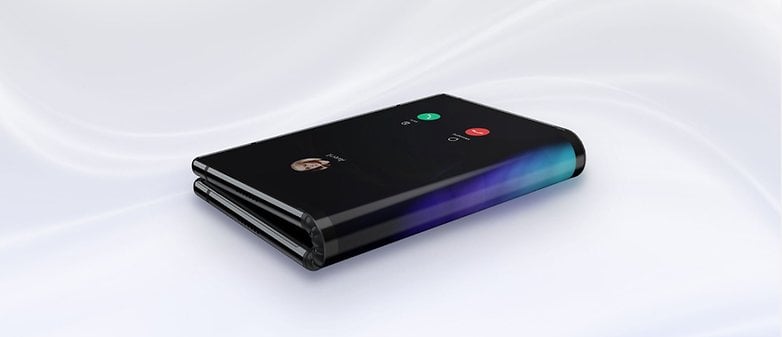
If you take a look at the Royole Flexpai above, you'll see that there is a high price to pay in order to benefit from the larger display. When you fold the device in half, you end up with a rather huge handset that looks more like a hybrid 2-in-1 laptop as opposed to a tablet or phablet. Although other manufacturers such as Samsung have done a better job at designing foldables, there is no getting around the fact that you will almost always end up with the volume of two smartphones with a foldable tucked inside your pocket.
Simply put, for foldable devices, the thickness will double when folded (duh!). That will no longer be the case with rollables since its dimensions will be reduced in terms of width when the display is 'rolled back'.

Among the major issue that plague today's foldable phones is that the entire folding mechanism induces a lot of stress on the OLED panel. This is where rollable displays will shine since the panels are not exposed to that kind of stress – as evident in the image below. The result? Expect future rollable smartphones to be a lot more durable than any foldable. And yes, no more creases on the panel!
Here is another point in favour of rollables: depending on the device's design, there is also the possibility of setting the size according to what you would like. The foldable smartphone is limited to just two form factors - unfolded and folded, and this also restricts the screen to just two sizes and resolutions. A rollable display has no such restriction, letting you resize it to whatever you are comfortable with.
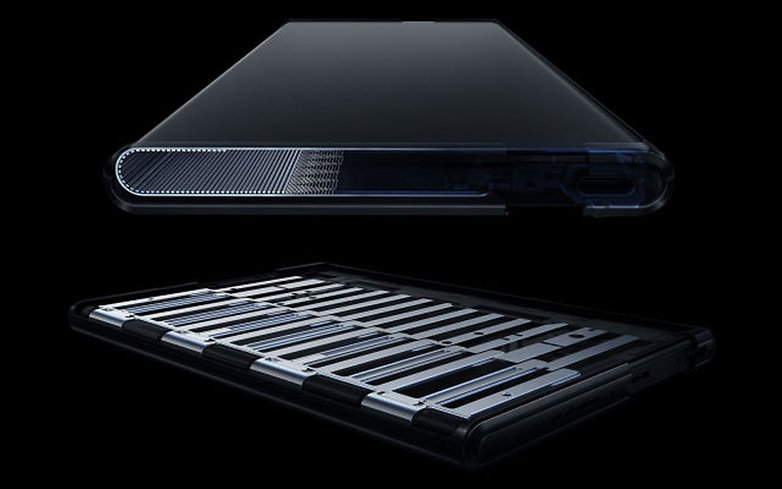
Another advantage could be the freedom to experiment with camera placement. Foldable smartphones are rather limited in this aspect since the form factor and number of hinges can sometimes limit the camera placement. Much advance planning is required if additional camera sensors were to be included.
However, it is not all doom and gloom when it comes to foldable smartphones. A foldable handset also has its strengths, hence a new category of devices (assuming that rollable smartphones might be considered as such) would be able to help provide alternative choices for consumers to enjoy exciting, new devices.
It is not all a bed of roses with rollable displays though. It is still a technology that is in its infancy, where the complex design naturally results in an expensive price point, making them unaffordable to the mass market and more of an ornamental or trophy device than a daily driver. In addition, the rollable lacks a glass screen and will have to settle for a plastic alternative. This makes such smartphones less robust, while opening up the displays to the dangers of scratches.
What devices are already in the pipeline?
Right now, it does feel as though rollable displays are in similar territory as foldable handsets were in the past - before they were actually available for purchase. There was plenty of speculation, patents, first leaks, and conceptual designs floating around. Every now and then, a CEO from the tech company rumoured to work on such devices would showcase a prototype at an event or at the end of a keynote speech, while a privileged few are given a hands-on or preview behind closed doors.
One can expect the same with "rollables", as we are now seeing a motley mix of statements of intent from pioneering companies, in addition to rendered images based on patents, and perhaps even a few videos of actual working prototypes. We would want to deal with all the "noise" out there and provide you with an overview of what we were able to find out about these upcoming exotic devices to date.
First of all, we can categorically state that only LG is planning to deliver such a smartphone to consumer electronics market in 2021. All the other manufacturers that we list apart from LG are still within the conceptual stage at best, and what they have is far from being ready for mass production.
LG Rollable
Since the last few editions of CES, the LG Rollable has continued to spearhead the "rollable display" effort in the world of consumer electronics. This is one device that cannot be ignored. In fact, it was last year when rumours were flying around concerning LG developing such a device, and they were also the first company to deliver TVs equipped with such technology to the market.
The South Koreans are very innovative and active when it comes to developing original form factors and displays, just like how they recently wowed everyone with the fun LG Wing.
At the recent CES, we saw the LG Rollable in a video by the company, but we didn't know if this was a concept or an actual product that is planned for a near-future release. Just a day later, LG spokesperson Ken Hong informed Nikkei that due to the numerous rumours floating around, they had a responsibility to prove that it is indeed an actual product and announced that the LG Rollable will be released later this year.
Unfortunately, we are unable to know anything concrete about the technology yet, so we cannot tell just exactly how the technology will function, enabling the smartphone to expand to tablet size. Neither do we know of the other hardware specifications surrounding the LG Rollable. All that is known is this: LG is looking to partner with Chinese display giant BOE for this rather exciting device.
TCL
TCL was probably the first company to go public with news of a rollable display in a smartphone. Last March, TCL Communications already shared about various concepts with flexible displays, where among them was just a rollable display.
In the clip, you can see how the 6.75-inch display grew to a size of 7.8-inches with the assistance of internal motors at the push of a button.
As exciting as this concept from TCL looks (and sounds), there is still no word on when the company will actually deliver an equivalent fresh off their production lines. Even if they did do so, would the end product be as promising as the one shown in the conceptual video? As with most other manufacturers, we'll simply have to adopt a wait and see attitude.
Samsung
There is no way you can talk about an interesting display technology without mentioning Samsung. While they are pretty mum on their plans with foldables, the South Koreans were probably among the first to experiment with this idea, if you took a peek at this video from 2016:
Samsung Display also provided previews of upcoming designs on its blog (that have not yet been confirmed), and a rollable display did make an appearance there, albeit in a very different form factor that's more reminiscent of a ballpoint pen as opposed to a smartphone. See for yourself here:
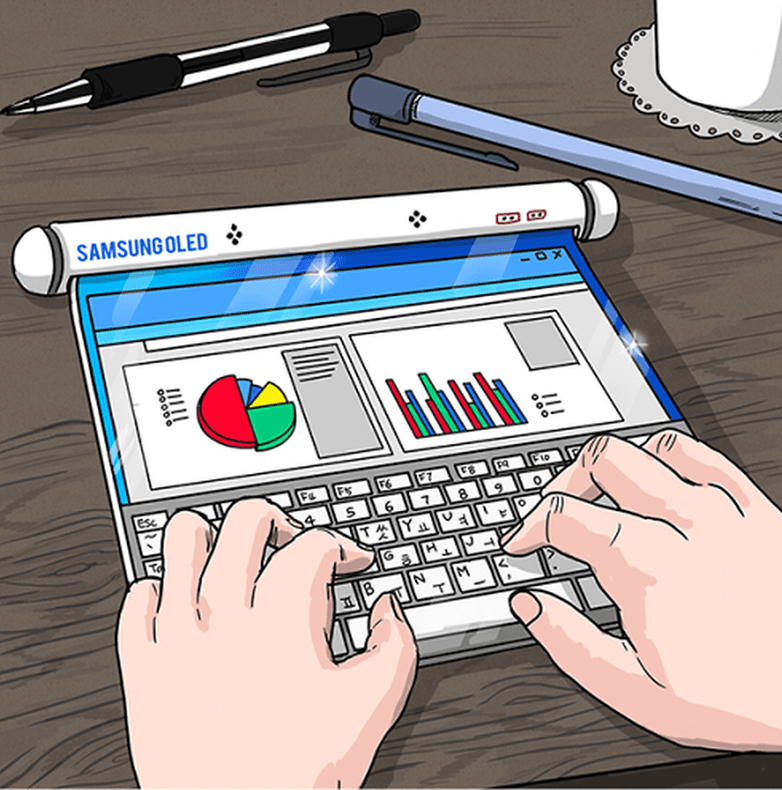
It's just a drawing and certainly not something that we can expect to see in real life anytime soon in my opinion. In this case, the entire display is rolled out of the pen-shaped segment, which makes me wonder how convenient is it to use such a device while you are on the move. In the drawing, the entire shebang is rolled out on a table, but what about when you just want to check a notification on the fly?
But it's probably not worth wrapping your head around how the execution would work out at this moment, as it is still a long way off from becoming reality. There was a rumor that Samsung will be preparing a rollable smartphone in 2022, but I would rather take that announcement with a grain of salt for now.
Instead, let's take a look at another image that was posted back in early 2020. That's when Korean ET News reported that Samsung was said to have showcased its rollable display technologies to select people behind closed doors at last year's CES. Colleagues from Let's Go Digital once again rendered beautiful 3D images of what such a device could look like in its final form.
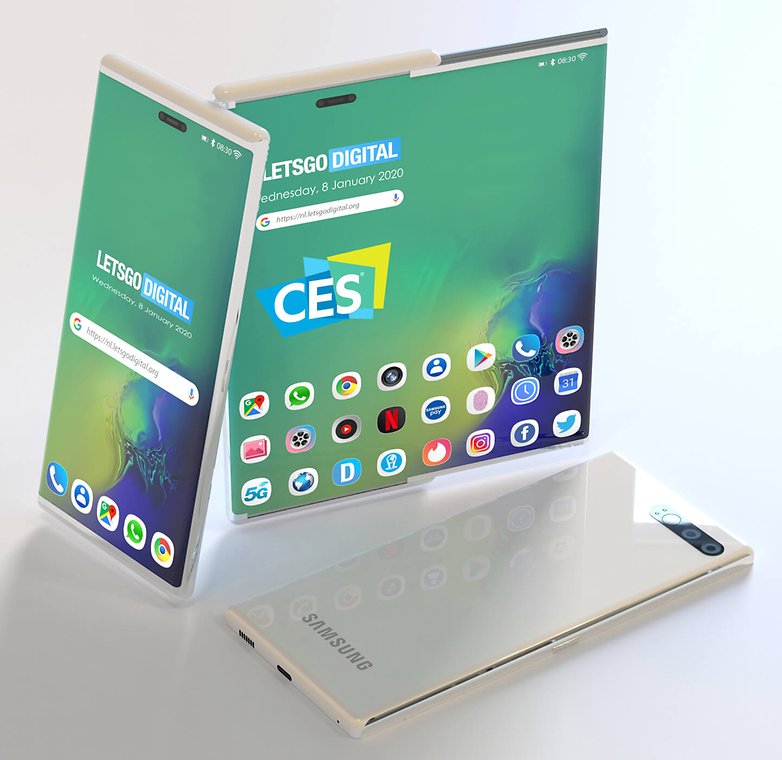
By the way, the article mentioned about a release "in two or three years' time" - so it's very possible that the South Koreans, who are used to being at the top of display tech, won't make a move in this direction until 2022 at the earliest.
Xiaomi
Do you still trust the "rollable display" concept from Let's Go Digital? If so, I'd like to throw another possible device in your direction, where the display size can grow from smartphone to tablet size at your behest. Here, the designed model is based on Xiaomi's patents.
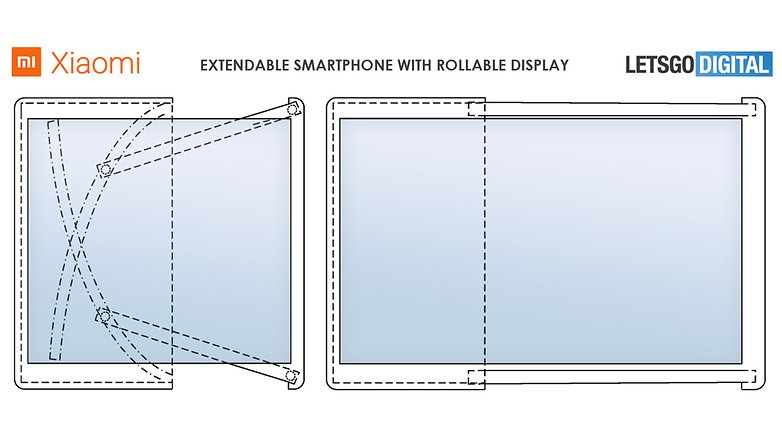
The smartphone is visually reminiscent of the concept creator Jermaine Smit:
As with the Xiaomi Alpha, Xiaomi might not include a dedicated selfie cam in this device that is known as the "Mi Mix Alpha R". The fact that you can also use the display at the back ensures that the main camera can also double up as a selfie camera, hence rendering the selfie camera obsolete.
In the image above, you can notice that Xiaomi has come up with its own support mechanism in order to make the smartphone as sturdy as possible even when the display is rolled out to its maximum size.
However, whether this handset will be released at all, and if it will resemble what Let's Go Digital and Concept Creator have predicted, remains to be seen (literally).
OPPO X 2021
Chinese smartphone giant Oppo not only has plans for a smartphone with a rollable display in the future, but has even shown a concept as part of the Oppo Inno Day. You've already seen the Oppo X 2021 in two images that are located at the beginning of the post here, one of which even demonstrates the rolling mechanism.
Out of 122 patents that the Chinese company owns for this concept, 12 of them alone revolve around this mechanism, which ensures that the Oppo X 2021 can expand its display from 6.7- to 7.4-inches - in addition to anything else in between. There's a button located on the side that allows you to swipe your finger over to roll out the display or when using the built-in motor.
In the following video, you will be able to admire the concept smartphone in its full glory, as well as check out how the apps used will be resized accordingly based on how much screen space you feel comfortable with at that point in time.
However, Oppo still remains very far away from a commercial release of a working device. Currently, they are still tinkering with how to improve the durability, because, like all other manufacturers, Oppo can only rely on a plastic solution instead of a glass display.
Furthermore, the company is still mulling over whether such a device can be mass-produced in the foreseeable future in such a way that it is economically viable. However, Oppo should not be the only one with these considerations, as all other companies in the rollable display race do.
Do you know of any other rollable display devices that we should also consider here? Do let us know in the comments.
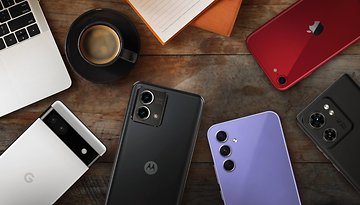


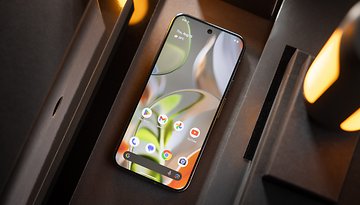
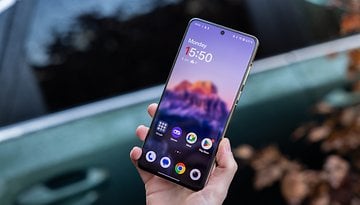








Most don't seem to offer enough display in the unrolled format to excite me. It needs to hit 16x9 unrolled.